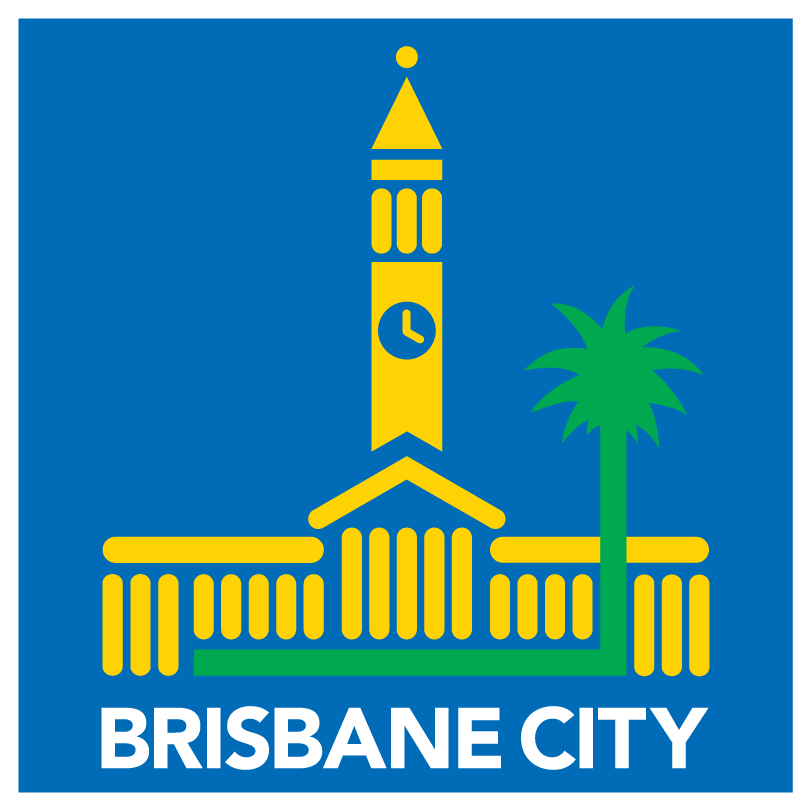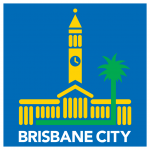What can I do about speeding traffic in my street?
Enforcement of speed limits is the responsibility of the Queensland Police Service and any instances of speeding or other irresponsible and dangerous driver behaviour should be reported directly to your local Police Station for action. Written requests tend to receive a higher priority than phone calls.
Brisbane’s road network consists of more than 7000km of roads and speeding is a problem right across the city. Other than Police enforcement, there are no quick or easy solutions to the widespread problem of speeding in suburban streets.
Council receives almost one thousand requests for traffic calming each year and it is not possible or practical to implement every request. Only around 10 percent of the requests processed by Council Road Network Officers meet the criteria necessary for work to proceed.
While traffic calming may be effective in some situations, there are also instances where it is inappropriate, such as when the road in question is expected to cater for the safe and efficient movement of people and goods through a District or Region.
Traffic calming is unlikely to prevent irresponsible or anti-social driving (commonly known as “hooning”). In some cases, traffic calming has been know to exacerbate these problems by providing “hoons” with the opportunity to test their high performance vehicles under more challenging road conditions.
Traffic calming works are generally planned and implemented on an area-wide basis, called a Local Area Traffic Management (LATM) project, to ensure that traffic problems in one street are not relocated to another nearby street.
In most cases, the aim of an LATM project is to discourage through traffic from using suburban streets (Local Access Roads) instead of major traffic routes. Given this aim, LATM projects can also cause significant inconvenience to local residents, who have to negotiate the traffic calming on a daily basis. This is a drawback that needs to be weighed up against any potential benefits a traffic calming project may deliver. As a result, community consultation is an important part of an LATM project.
Although Council considers a wide range of criteria when assessing the need for traffic calming, successful projects generally involve the following factors:
- The roads under consideration are Local Access Roads, which are primarily required to provide access to adjoining properties and do NOT have a significant function for carrying through traffic in the road network.
- Demonstrated community support for traffic calming measures (i.e. a petition or numerous letters, emails or phone calls from local residents), representing at least two-thirds of the households in the affected area. A similar proportion of those households should also be prepared to have a traffic calming device (road hump, chicane or intersection modification) adjacent to their property.
- Significant non-local traffic volumes on Local Access Roads in a particular area (i.e. Through traffic that is not generated by local residents or their visitors)
- A significant proportion of vehicles exceeding the maximum lawful speed on Local Access Roads in an area
If these factors are proven to exist, Council officers will list an area as a candidate for an LATM project in the future. Funding is allocated to these projects in each financial year’s budget based on city-wide priorities.
Once funding is allocated, potential projects commence a two-stage process, which usually happens over the course of two or more financial years. The first stage involves community consultation, consisting of a newsletter/questionnaire delivered to each household, outlining a conceptual scheme and inviting feedback to gauge the level of community support.
If a scheme is supported by at least 60% of respondents to the newsletter, all residents will be advised of the outcome and detailed design work will commence. This process includes further consultation with directly affected residents and property owners, whose properties are adjacent to proposed traffic calming measures.
Subject to satisfactory resolution of any issues arising in the detailed design process, such as property access, residential amenity or budgetary considerations, a submission for funding to construct the scheme is usually submitted for Council approval in the subsequent financial year’s budget.
This second stage of the project may be spread over more than one financial year, depending on the size of the area being treated and the amount of work involved in the scheme.



